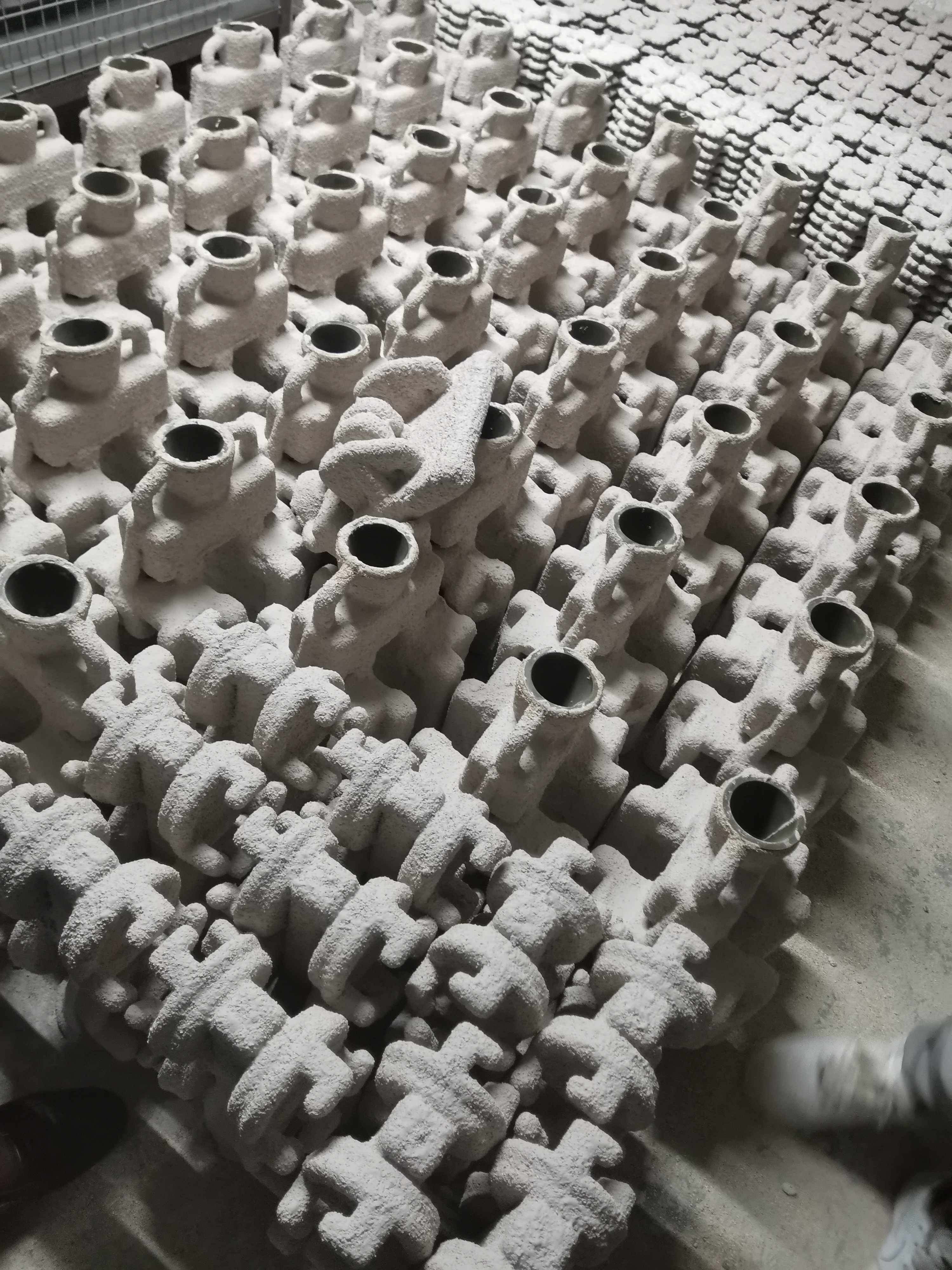
Privacy statement: Your privacy is very important to Us. Our company promises not to disclose your personal information to any external company with out your explicit permission.
Select Language
Common casting defects in Investment Casting Parts processing include sticky sand, wrinkled skin, carbon black, cold insulation, collapsed box, pores, slag inclusion, deformation, surface carburization of steel castings, etc. Slag inclusion defects refer to dry sand, paint and other defects. Inclusions are defects formed as molten iron enters the casting during the pouring process. On the surface of the machined castings, white or black-gray inclusion spots can be seen, distributed singly or in sheets, the white is quartz sand particles, and the black-gray is slag, paint, foam model residue after pyrolysis and other inclusions . This defect, commonly known as "sand entry", is common in lost foam casting production and is difficult to completely eradicate. Only by taking a variety of measures and careful operation can achieve better results. Before cleaning the Lost Wax Casting after cooling and boxing, it can be determined whether there are sand and slag inclusion defects according to the surface condition of the casting and the gating system. If the sprue cup, sprue, runner, sprue and sprue surface or joints, and the surface of the casting are heavily sticky or crack-like sticky sand exists, it is basically certain that the casting has sand feeding and slag inclusion defects. Break the sprue bar or sprue tie, and you can see that there are white spots on the fracture, and in severe cases, a circle of white spots is formed on the fracture. At this time, castings, especially plate-shaped and round-shaped castings, will have white and black-gray spot defects on the machined surface. Investment Casting parts such as the clutch pressure plate of automobile engine are the most easily sanded castings, which seriously affect the quality and production progress of investment casting processing.

In the whole production process, factors such as the peeling and cracking of the coating on the surface of the white mold of the gating system, the peeling and cracking of the coating on the joint part of the white mold, the peeling and cracking of the coating on the surface of the white mold of the casting, and the poor sealing of the sprue are the causes of sand feeding and slag inclusion defects. the main reason. Secondly, the selection of process parameters, such as the size of the pouring pressure head, the pouring temperature, the degree of negative pressure, the particle size of dry sand, etc., as well as the model transportation process and the packing operation, all have a great impact on the casting sand and slag inclusion defects. Only by taking systematic measures and careful operation in these links can we reduce and eradicate slag inclusion defects and obtain high-quality castings. Overcoming the defect of slag inclusion is a systematic project. Above we discuss why the slag inclusion defects will happen during the casting process. SCZY LTD has more than 15 years professional machining experience in this line. We have paid attention to that and sum up some of the solution to it. More information, youy can discuss with us at any time.

Product Range: CNC Machining , CNC Machining Parts , Precision Machining, CNC Milling , CNC Turning Parts , Machining, Forging, Forging Parts, Investment Casting, Die Casting, Casting Parts, Sheet Metal Fabrication, Product Assembly Service...
Tel: +86-769-81582278
Mobile: +86 189 2921 5001 (WhatsApp/WeChat)
Email: sandy@sczyltd.com
Address: No. 1906, Vanke Center, Changqing South Road, Chang` An Town, Dong Guan City, Guangdong Province, PR China 523850
LET'S GET IN TOUCH

Privacy statement: Your privacy is very important to Us. Our company promises not to disclose your personal information to any external company with out your explicit permission.

Fill in more information so that we can get in touch with you faster
Privacy statement: Your privacy is very important to Us. Our company promises not to disclose your personal information to any external company with out your explicit permission.